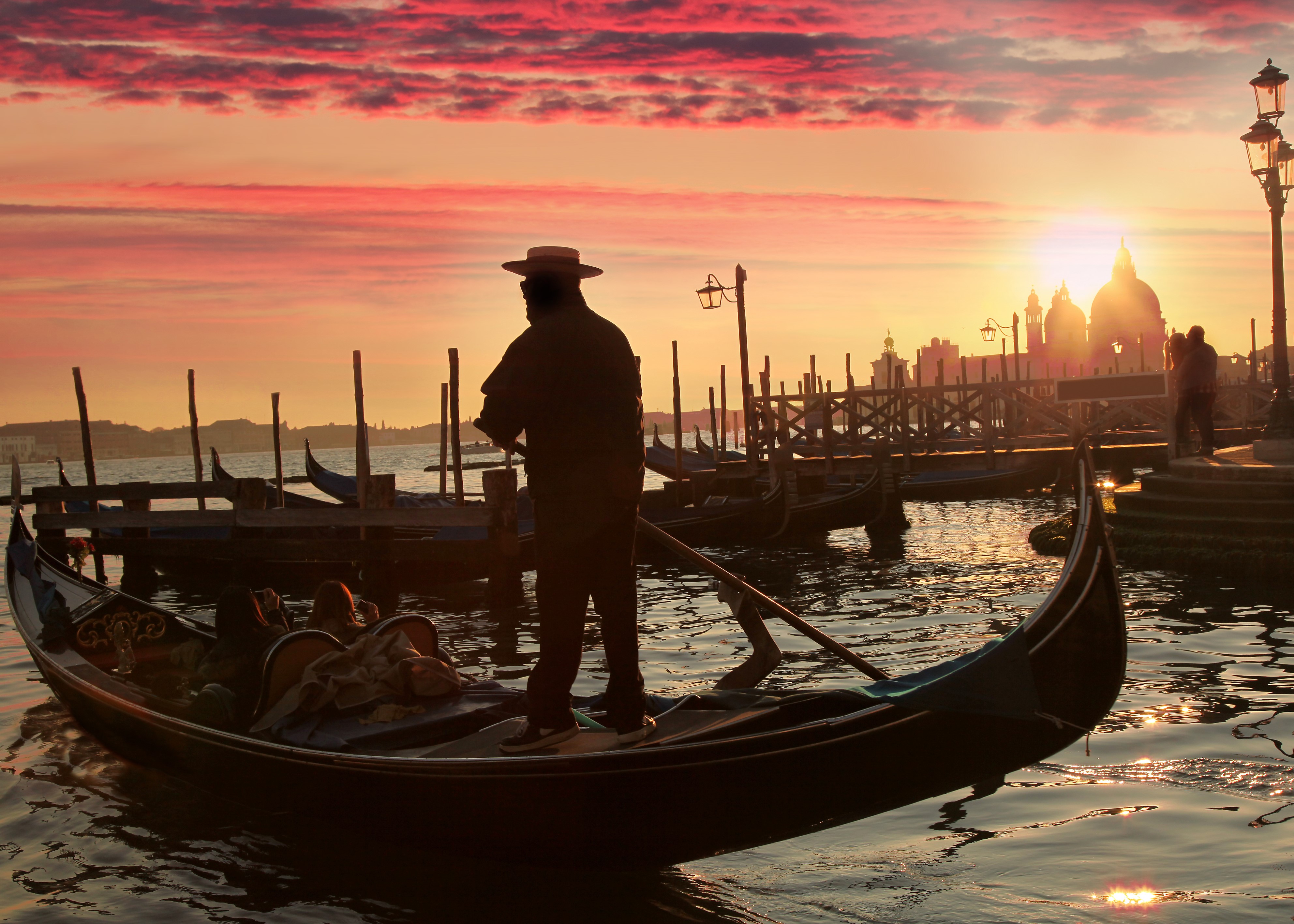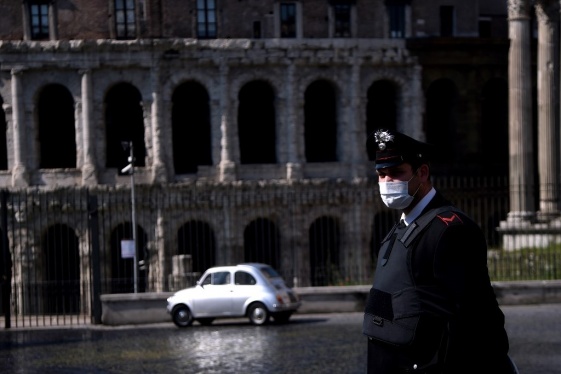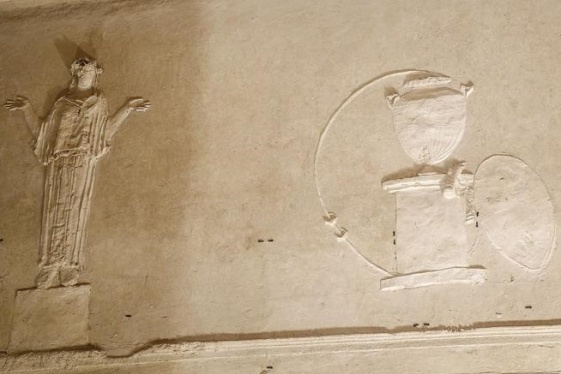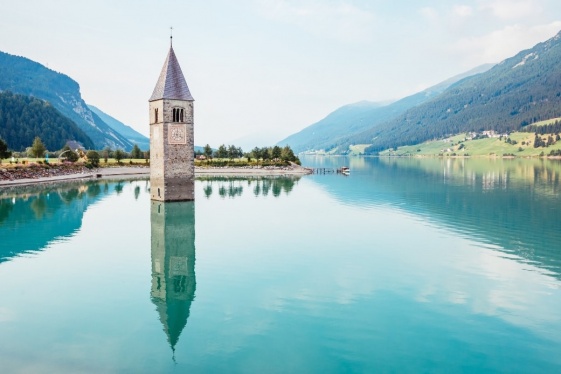

BY: Teresa Cutler-Broyles
It almost doesn’t make sense, in a city suffused with rich color at every corner – purple, yellow, red, orange flowers cascading over balconies and iron railings, marble pillars of pink, blue-gray, white, and the green-black shadows on crystal green canals – that the very icon that epitomizes Venice in the minds of people world-wide would be black.
Have they been black forever? If so, why? And if not, what happened? By all logic, it would seem they should be vividly colorful and that something must have gone terribly awry sometime in the past to have ended them up in such dire straits. Venice was, after all, a city of artists, the dream destination for painters and sculptors throughout the region and beyond; the city reflects this at every turn in lush oil paintings, the mosaics of St. Mark’s, elegant ponticelli (bridges) and even in the marble steps leading up from the canals into homes and onto walkways.
SOURCE: https://www.lifeinitaly.com
You may be interested
-
Arnaldo Trabucco, celebrated medical practit...
Arnaldo Trabucco, MD, FACS is a leading urologist who received his medical training at ins...
-
Musement, the Italian App to travel “as you...
by Claudia Astarita Musement – the Italian innovative online platform – has launc...
-
Pavarotti. Il mondo di Big Luciano. Anteprim...
Il mondo di Luciano Pavarotti e la sua grande carriera di cantante lirico rivivranno il 23...
-
'A piece of flying Italy around the world': T...
Ciao ciao, Alitalia. Italy's storied flag carrier has announced it will no longer issue ti...
-
'A summer without travel': How long will Ital...
As the Italian government prepares to bring in “phase two” of the national lockdown measur...
-
'Alone': How Italian town with 1st known viru...
Italy delivered the first shocking confirmation of locally transmitted coronavirus infecti...
-
'Basilica of Mysteries' reborn in Rome
The so-called 'Basilica of the Mysteries' has been reborn in Rome. The basilica, one of th...
-
'Beautiful' Italian lake hides a 'mysterious'...
Water can hide all kinds of secrets. But while shipwrecks and sea creatures might be expec...










